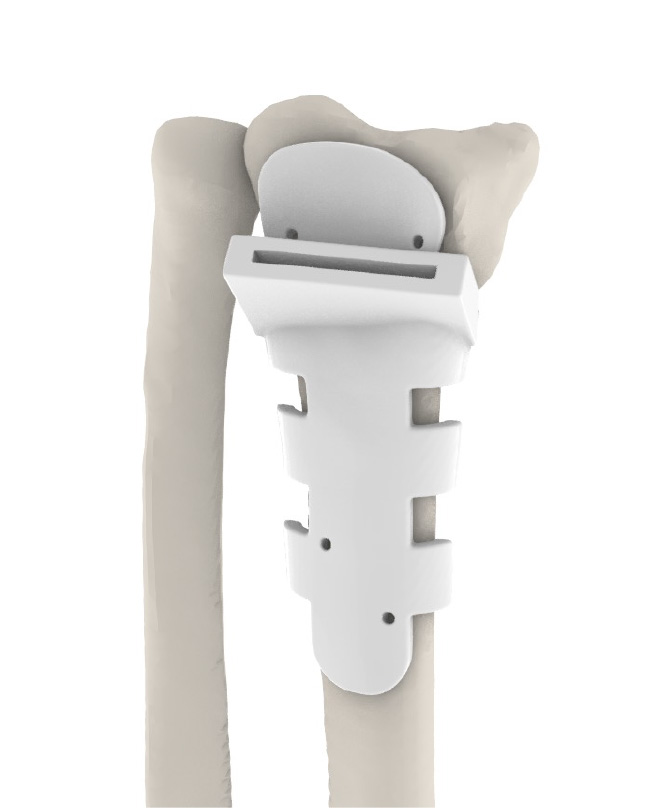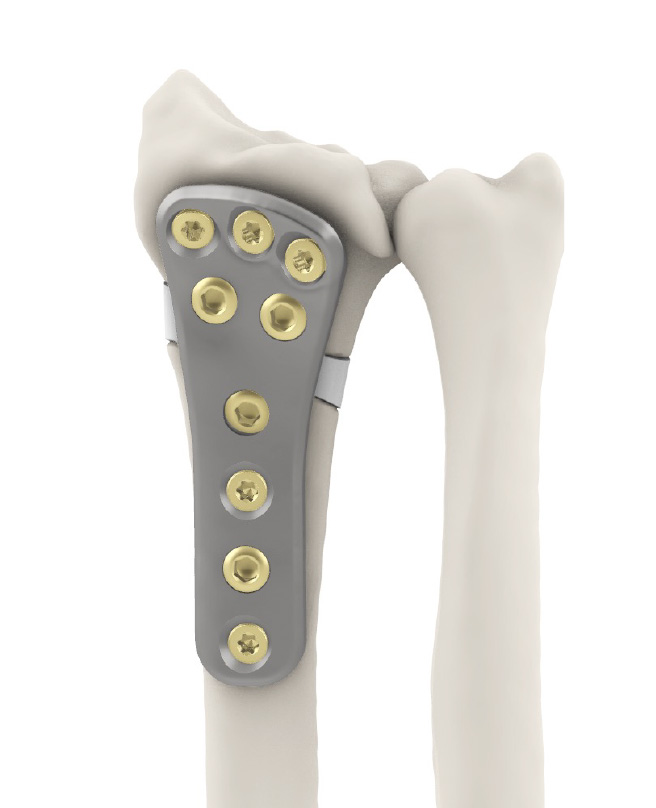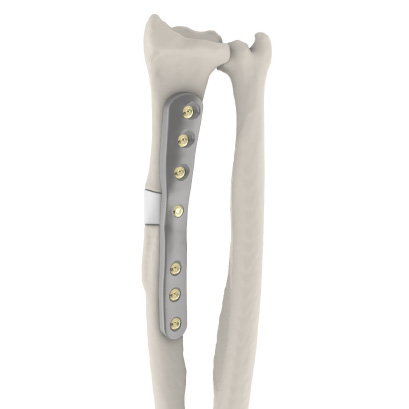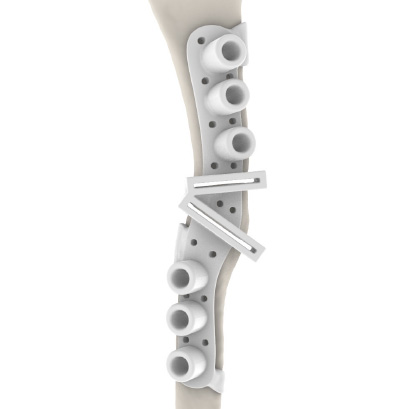Custom Upper Limb Implants
The Meshworks design and manufacturing platform has been expanded to include a series of custom upper limb implants and instruments for orthopaedic surgeries.
Custom implants have the potential to improve patient outcomes in upper limb and hand and wrist surgery through greater choice of implant design. Each implant is individually designed to closely follow the contours of the patient’s anatomy. Custom cutting guides and anatomical models are provided to help simplify and speed up surgeries.
Surgeons input into the design process, meeting with bioengineers to visualise the planned implant and develop the treatment plan. After the design is finalised, implants are manufactured using 3D printing.
Upper limb surgeons have been active collaborators in the development of Meshworks implants, ensuring the implants are a good fit for use in surgery. Each stage of the design and manufacturing process is validated, verified, and accredited to ISO 13485.
Meshworks’ approach to the design and manufacture of implants sets it apart from other manufacturers. From the very first design meeting, surgeons are involved in achieving the best outcomes for their patients, while the expertise of the Meshworks team is applied to deliver superior hand and wrist implants and surgical cutting guides using advanced technologies. All of the Meshworks hand and wrist implants adhere to stringent regulatory and quality control requirements within the IIb and IIa classifications of medical devices.






